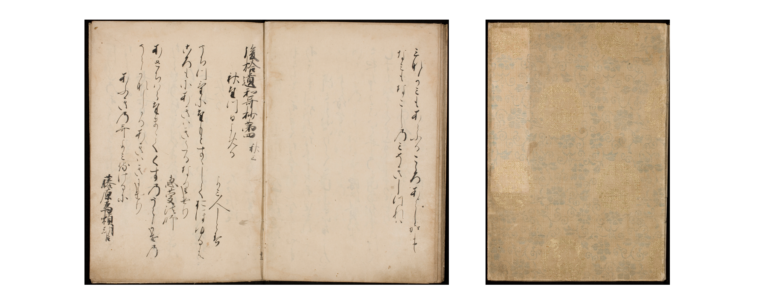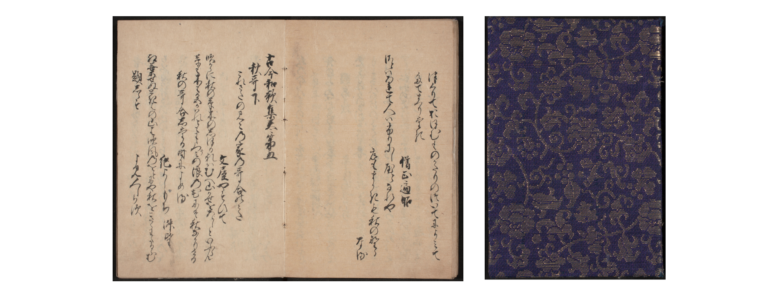
Reach your personal and professional goals
Unlock access to hundreds of expert online courses and degrees from top universities and educators to gain accredited qualifications and professional CV-building certificates.
Join over 18 million learners to launch, switch or build upon your career, all at your own pace, across a wide range of topic areas.





![Shimeisho [ca. 1289]](https://cdn-wordpress-info.futurelearn.com/info/wp-content/uploads/c1_s2_4_5-1-768x301.png)



